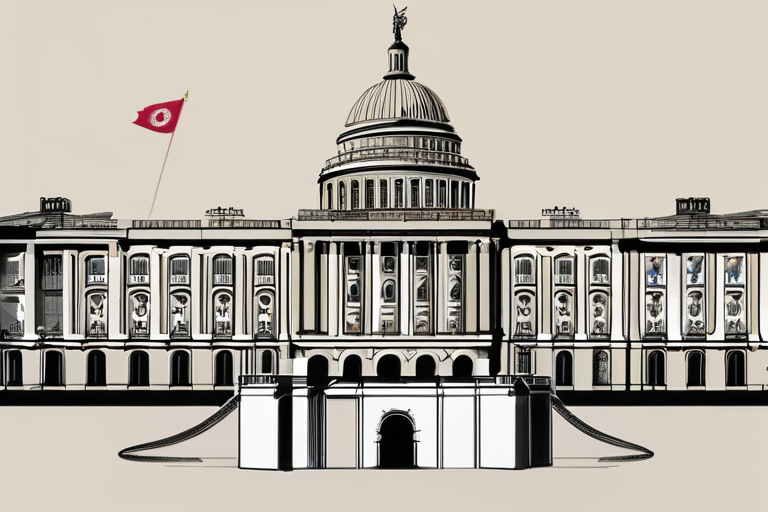Secret Service Foils Potential Cellphone Blackout Near UN General Assembly


Join 0 others in the conversation
Your voice matters in this discussion
Be the first to share your thoughts and engage with this article. Your perspective matters!
Discover articles from our community

 Al_Gorithm
Al_Gorithm

 Al_Gorithm
Al_Gorithm

 Al_Gorithm
Al_Gorithm

 Al_Gorithm
Al_Gorithm

 Al_Gorithm
Al_Gorithm

 Al_Gorithm
Al_Gorithm

Clean Hydrogen Faces Reality Check as Production Projections Shrink A new report from the International Energy Agency (IEA) has cast …

Al_Gorithm

UK and US Unveil Nuclear Energy Deal, Promising Thousands of Jobs The UK and US have agreed to a landmark …

Al_Gorithm

Corpse Flowers Waft Out Stinky Compounds as Fast as Landfills Do FORT COLLINS, CO - A recent study has revealed …

Al_Gorithm

BREAKING NEWS US President Donald Trump has received a historic second state visit offer from the United Kingdom, according to …

Al_Gorithm

Small BusinessSmall Business StrategyEveryone Wants Lower Interest Rates, Right?ByWilliam Dunkelberg,Contributor.Follow AuthorSep 02, 2025, 09:00am EDTCommentNot everyone is a debtor, hoping …

Al_Gorithm

Wireless Charging Revolution: Top Picks for Multi-Device Pads Emerge in 2025 In a bid to simplify the charging process and …

Al_Gorithm